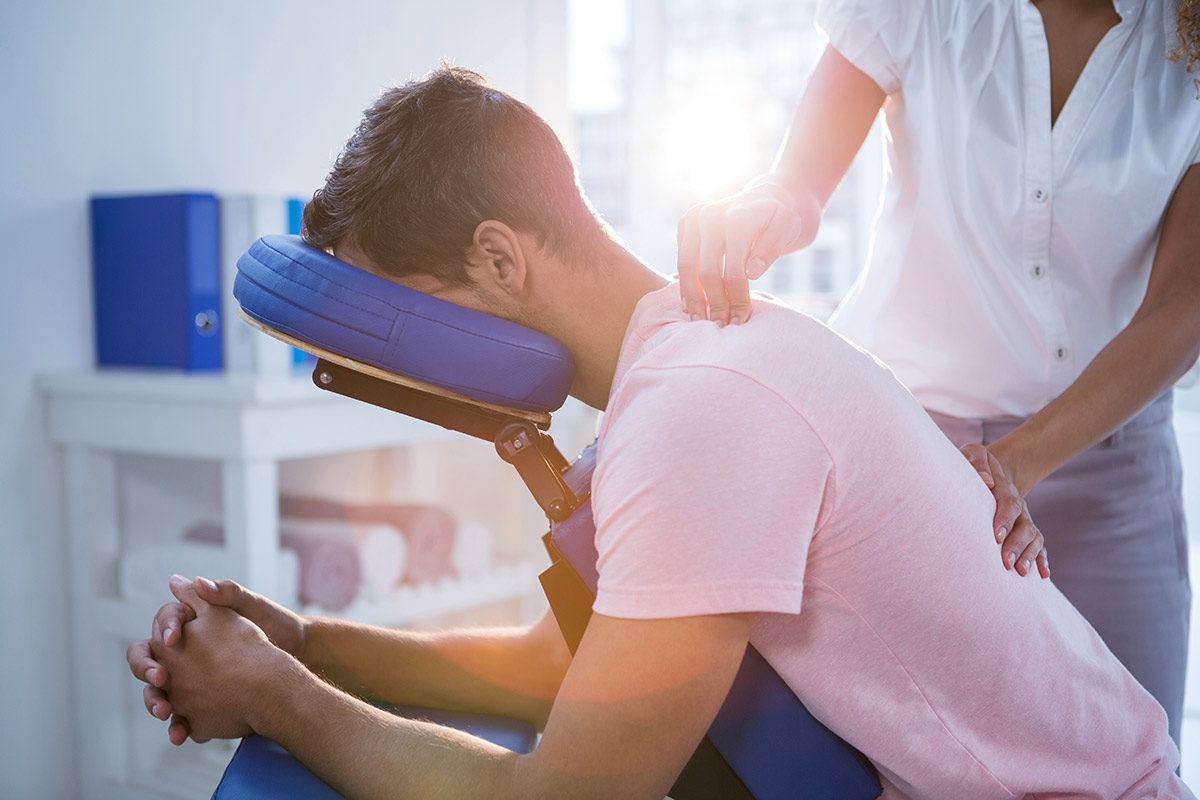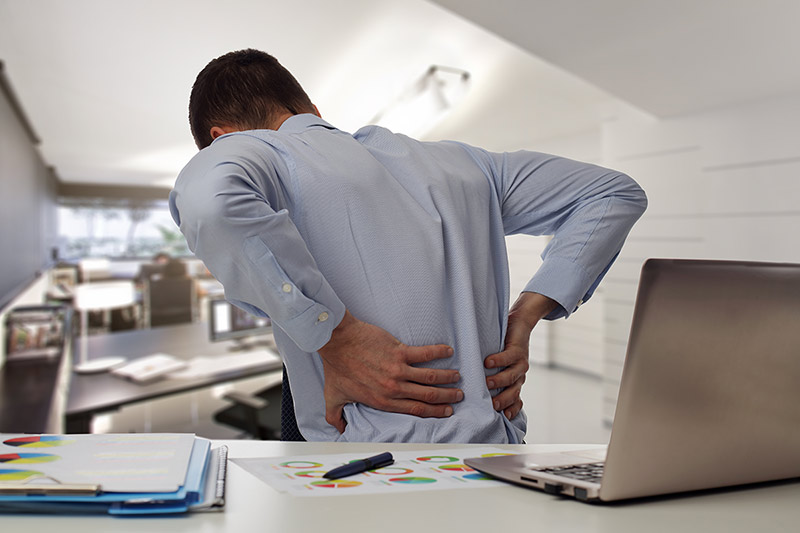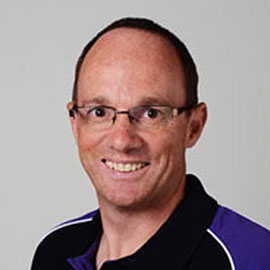Lack of flexibility, back pain, tension and bad posture? You may be suffering from spinal torsion. Torsion is a technical term which simply refers to the pressure applied to something when it’s twisted. While a spine is typically very flexible, continued detrimental pressure in the form of spinal torsion can cause a whole range of problems – including chronic pain. Thankfully, it can be treated with massage therapy. Here’s all you need to know about spinal torsion – from its symptoms to how to properly treat it.
What is spinal torsion?
Spinal torsion is a health issue that can contribute to poor posture, ongoing pain, and reduced flexibility.
Also referred to as “twisted spine” or “spinal rotation”, spinal torsion occurs when the spinal cord and surrounding muscles have been pushed and twisted beyond its normal healthy range.
Rotation is a basic spinal movement, however many people over-rotate their spines during labour-intensive work such as picking up heavy objects, weight lifting in the gym, and even activities in which they are spinally rotating at the same time as weight-bearing e.g. shovelling or dumping dirt. This results in spinal pain and stiffness, and a feeling as if the spine is ‘stuck’ to one side.
While spinal torsion is commonly caused by rotating and twisting the body in conjunction with forward bending or carrying a heavy load, spinal torsion can also occur as a result of:
- Traumatic impact either from a car crash or road trauma
- A heavy fall
- Forcing the body into a compromised position
- Muscle weakness caused by a sedentary lifestyle
Is spinal torsion the same as scoliosis?
The twisting of the vertebrae occurs around the internal posterior longitudinal ligament, which has the effect of distributing pressure unevenly through your spine. While it’s often observed in scoliosis (when the spine curves from side-to-side with a curve progressing towards an ‘S’ shape), spinal torsion is actually just the rotation of the spine and is a different (yet frequently related) phenomenon to scoliosis.
Symptoms of spinal torsion
Spinal torsion and the symptoms related to the over-rotation of the spine include:
- Stiffness, pain or soreness in the low back/lumbar area which restricts range of motion
- Inability to maintain normal healthy posture due to stiffness, inflexibility or pain
- Muscle spasms while performing activities or at rest
- Persistent pain lasting 10-14 days
- Loss of motor function
- Pain in one side while rotating the upper body
- Pain more prevalent on one side when lying down or sleeping
- A dull pain, numbing, tingling or weakening of the extremities (hands, arms, legs, feet and neck)
How to diagnose spinal torsion
An experienced practitioner will be able to spot spinal torsion, even if it is not always accompanied by pain. It’s possible to detect the signs of spinal torsion even without the use of X-rays and further analysis of the spine. Of course, it’s best to treat early cases of spinal torsion in order to bring alignment to the body and avoid the worsening of its symptoms over time.
How can massage help spinal torsion
Massage therapy can be effective in treating the lumbar spine and the surrounding muscle. Spinal torsion means that the spine is displaced, and the surrounding muscle is then being utilised to try and counter this imbalance. The added pressure on the supporting muscles; including the extensors (back and glute muscles), flexors (abdominal and iliopsoas muscles) and oblique or rotators (side muscles), can cause soft tissue to become inflamed, leading to increased pain and stiffness.
Massage techniques such as deep tissue massage can help relieve these muscles and bring balance back into the body. If you suffer spinal torsion, then your muscles are likely to be so tight that they can take one or two vertebrae out of line. You may find that massage relaxes these tight muscles and helps to restore your postural alignment.
While massage therapy is effective in treating spinal torsion, there are also a number of things that you can do in your day-to-day life to reduce the risk of injury and to maintain optimal spinal health more generally.
For example, correct posture while sitting at a desk is essential for office workers; lifting techniques must be followed for those in active roles, and quality footwear will also make a big difference in helping support the feet and spine when walking, jogging or running. Additionally, regular exercise, light strength training, yoga, stretching, and good sleep practices will also go a long way towards helping you maintain good spinal health. Transitioning between a yoga cat pose and cow pose promotes spinal alignment, as do pelvic stability building exercises like sitting against a wall with your feet and knees hip-width apart and knees at a 110-degree angle. Speak with your massage therapist to come up with an effective treatment plan for your specific case.
Why learning how to treat spinal torsion is important for massage therapists
For massage therapists looking to expand their skill set, Discover Massage Australia offers a unique and focused ‘ How to Treat Spinal Torsion’course. Designed by Andrew Macfarlane, a chiropractor and one of our massage course developers, this comprehensive online training series shows you how to identify, assess and treat spinal torsion in your clients. One of Andrew’s passions in manual therapies is being challenged to resolve complex soft tissue dysfunction. Andrew has found over 25 years of experience as a chiropractor how effective balancing of the pelvis and along the vertebral column is when incorporating soft tissue therapies.
[blogBannerShortcode]
Learning how to treat spinal torsion is important for massage therapists, as it opens up a wider skill-set in which to learn unique and distinctive techniques. This includes being able to read the pattern of twisting in the spine and to correctly diagnose spinal torsion in clients. It will also allow you to confidently perform simple muscle tests and deliver the best level of care for your clients.
Help treat spinal torsion
You don’t need to be a massage therapist to enrol in the Discover Massage Australia’s ‘ How to Treat Spinal Torsion’ course. This completely online course delivered by a chiropractor of 25 years – Dr Andrew Macfarlane – allows anyone who is either suffering from or wanting to help treat a loved one suffering from spinal torsion to perform effective massage systems to help treat this painful condition. Taught by an expert practitioner, learn a unique three-step process for treating spinal torsion in just one weekend.


